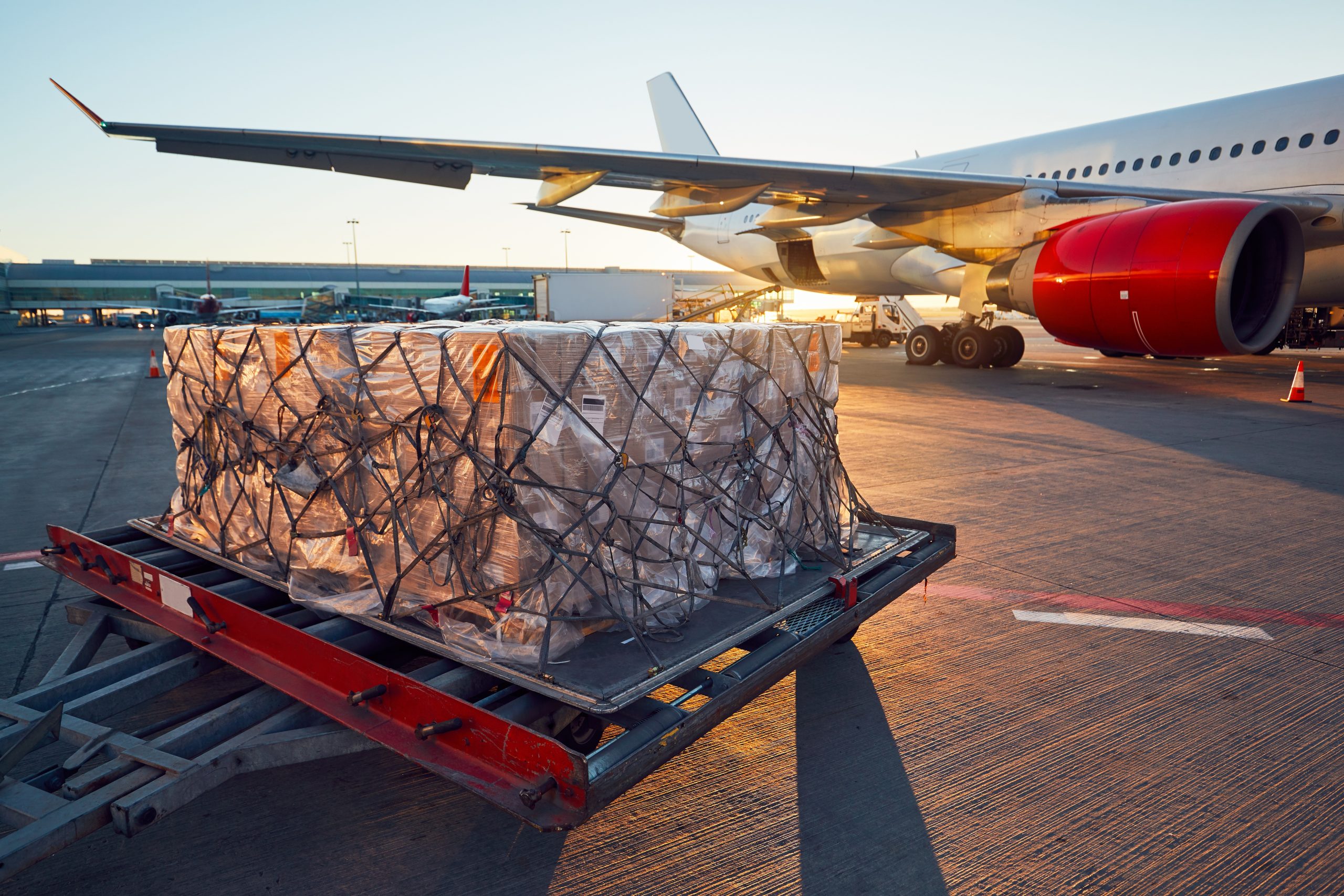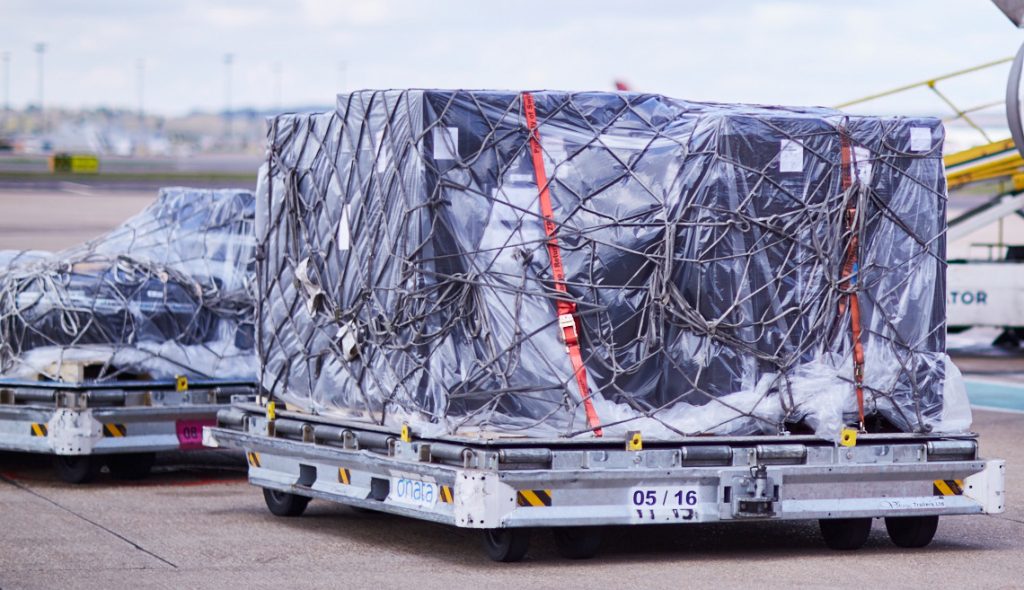All About Air Freight ULDs (Unit Loading Devices)
Unit loading devices (ULDs) are extremely important in the air cargo industry. They are used to transport a wide range of freight and are widely accessible in a variety of container and pallet formats.
ULDs have various advantages over traditional shipping methods, which is why they have been used by a variety of industry sectors. They enable shippers to preload cargo, minimize labor expenses associated with loading and unloading, and instill confidence in industry operators throughout the transportation cycle.

What are ULDs? (Unit Load Devices)
A unit load device, often known as a ULD, is a specific container that is used to load and convey cargo onto an airplane. ULDs are built in two main styles. Freight, machinery, luggage, and mail can all be transported using specialized containers and pallets. When the proper ULD is chosen for the weight, freight can be lifted aboard a passenger or cargo jet as quickly and efficiently as possible.
ULDs can be fitted into wide-body or narrow-body aircraft, depending on their dimensions. They provide numerous advantages throughout the shipping process, from planning and preloading to fitting and final unloading.
A brief history of ULDs
ULDs have a long and successful experience in the aviation industry. They were first used to optimize commercial cargo transportation in the 1950s. Loading and unloading freight was a time-consuming and labor-intensive task that caused many shipping companies issues before they were invented.
The very first ULDs were simple wooden pallets. While basic, they allowed forklifts to handle huge amounts of freight rather than individual pieces. Loading and unloading cargo might be done in a single step, increasing efficiency and reducing bottlenecks. ULDs have become more sophisticated throughout time, increasing in complexity to match the rising needs of the aviation sector.
ULDs are now built in container and pallet formats. They’re composed of various materials and come in a variety of sizes to fit various cargo types. ULD design and construction have evolved significantly, with sophisticated materials employed to make sturdy and lightweight shipping containers that can withstand the challenges of air flight.
ULD basic categories
When transporting goods across the country or around the world, it is critical to ensure safe and efficient transit. ULDs are classified into two varieties, each with its own set of advantages. When choosing a ULD solution, keep in mind the size, form, and fragility of your shipment, as well as specific details about loading, unloading, and protection.
The following factors should be taken into account:
Cargo dimensions and type
Loading and unloading specifications
Distance between collection and delivery
Transit time and importance
Specific cargo specifications
Budget and timeline available
ULD receptacles are offered in two varieties:
ULDs Containers
ULD containers are big containers that can be loaded and unloaded from flights and facilities. Containers are typically composed of aluminum and are known as pods, cans, bins, or PMCs. ULD containers are made of a strong and long-lasting material to assure cargo safety while loading and unloading.
ULD containers provide more protection than pallets, making them suitable for large shipments and sensitive products. They also help to prevent unwanted access and environmental harm by speeding up loading and unloading. Cargo placed inside a ULD container does not require additional wrapping, nor do corner guards or other protective packaging.

ULD pallets
ULD pallets are netting-secured aluminum sheets that may be loaded with freight. Pallets, often known as “cookie sheets” in the industry, are intended to keep cargo in place during transit to prevent movement. Pallet designs are available in single-layer and double-layer configurations. Pallets are built to precise dimensions in order to meet recognized criteria.

Pallets are much lighter than containers, which helps to minimize expenses and labor needs. ULD pallets can accommodate a wide range of enormous freight, and they’re especially handy for large and bulky items that won’t fit in a container. Pallets take up less space than containers, and their flat shape can be changed depending on where they’re carried within the plane.
The Advantages of ULDs
ULDs come in a variety of forms and sizes, making them perfect for a wide range of applications. They can carry a variety of items and fit into the cargo holds of a variety of aircraft. ULDs benefit forwarders, shippers, and airlines alike, with the modular nature of loading and unloading allowing for new levels of efficiency and control for all parties. Despite the additional weight of ULD containers and pallets, they have become the industry norm.
ULDs have the following advantages:
- Loading and unloading is now faster and more efficient.
- Cargo is easily moved with suitable equipment.
- Loading and unloading need substantially less manual labor.
- Preloaded units reduce turnaround and handling time.
- Aircraft cargo space is significantly better utilized.
- Cargo is easily transported between aircraft and other modes of transportation.
- Cargo is secured in place, securing freight and protecting the aircraft.
- During flying, weight and balance disruptions are avoided.
- Huge cost savings are realized in handling and transportation.
- Because to the optimized cargo space, fuel consumption is minimized.
ULDs are now necessary for the global movement of products and play a vital role in the air freight business. The strategic use of ULDs will have a significant impact on future growth as carrier rivalry and air freight schedules intensify.
For additional information about ULDs and their various uses, please Contact our team or Request a quote if you have any requirements about air freight consolidation.



